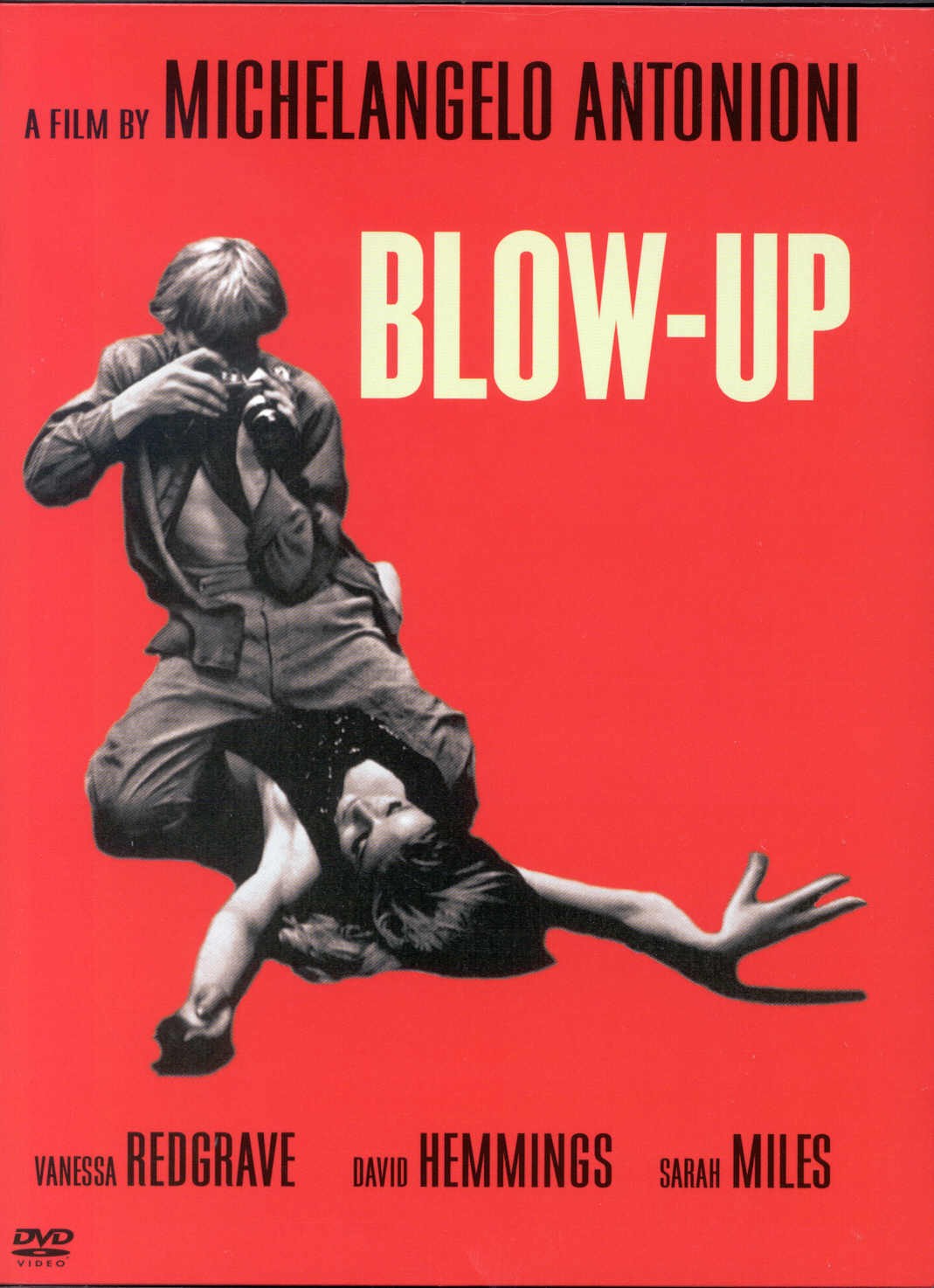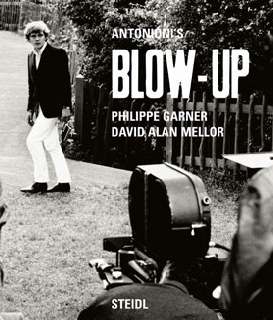
VANITY FAIR: Forty-five years ago, English model Jill Kennington agreed to appear in an art-house film—one that would memorably capture the energy of London’s 1960s fashion and art scenes. Michelangelo Antonioni’s 1966 classic, Blow-Up—his first English-language film—was a sensation, and earned the Italian modernist Oscar nominations for directing and writing. Today, Kennington discusses her participation in Blow-Up and the real-world London atmosphere it depicted with Philippe Garner, international head of 20th-century decorative art and design at Christie’s. With David Alan Mellor, Garner has co-written a book that analyzes and contextualizes the film: Antonioni’s Blow-Up. (Steidl). MORE
ROGER EBERT: Antonioni uses the materials of a suspense thriller without the payoff. He places them within a London of heartless  fashion photography, groupies, bored rock audiences, languid pot parties, and a hero whose dead soul is roused briefly by a challenge to his craftsmanship.
fashion photography, groupies, bored rock audiences, languid pot parties, and a hero whose dead soul is roused briefly by a challenge to his craftsmanship.
The movie stars David Hemmings, who became a 1960s icon after this performance as Thomas, a hot young photographer with a Beatles haircut, a Rolls convertible and “birds” hammering on his studio door for a chance to pose and put out for him. The depths of his spiritual hunger are suggested in three brief scenes involving a neighbor (Sarah Miles), who lives with a painter across the way. He looks at her as if she alone could heal his soul (and may have once done so), but she’s not available. He spends his days in tightly scheduled photo shoots (the model Verushka plays herself, and there’s a group shoot involving grotesque mod fashions), and his nights visiting flophouses to take pictures that might provide a nice contrast in his book of fashion photography.
Thomas wanders into a park and sees, at a distance, a man and a woman. Are they struggling? Playing? Flirting? He snaps a lot of photos. The woman (Vanessa Redgrave) runs after him. She desperately wants the film back. He refuses her. She tracks him to his studio, takes off her shirt, wants to seduce him and steal the film. He sends her away with the wrong roll. Then he blows up his photos, and in the film’s brilliantly edited centerpiece, he discovers that he may have photographed a murder. MORE
THE YARDBIRDS: “Stroll On”
RELATED: Sundry people known in 1966 are in the film; others became famous later. The most widely noted cameo was by The Yardbirds, who perform “Stroll On” in the last third. Antonioni first asked Eric Burdon to play that scene but he turned it down. As Keith Relf sings, Jimmy Page and Jeff Beck play to either side, along with Chris Dreja. After his guitar amplifier fails, Beck bashes his guitar to bits, as The Who did at the time. Antonioni had wanted The Who in Blowup as he was fascinated by Pete Townshend‘s guitar-smashing routine.[4] Steve Howe of The In Crowd recalled, “We went on the set and started preparing for that guitar-smashing scene in the club. They even went as far as making up a bunch of Gibson 175 replicas … and then we got dropped for The Yardbirds, who were a bigger name. That’s why you see Jeff Beck smashing my guitar rather than his!”[5] Antonioni also considered using The Velvet Underground (signed at the time to a division of MGM Records) in the nightclub scene, but, according to guitarist Sterling Morrison, “the expense of bringing the whole entourage to England proved too much for him”.[6] Michael Palin of Monty Python can be seen briefly in the sullen nightclub crowd[7] and Janet Street-Porter dances in stripy Carnaby Street trousers. A poster on the club’s door bears a drawing of a tombstone with the epitaph, Here lies Bob Dylan Passed Away Royal Albert Hall 27 May 1966 R.I.P., harking to Dylan’s switch to electric instruments at this time. MORE
